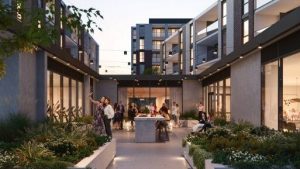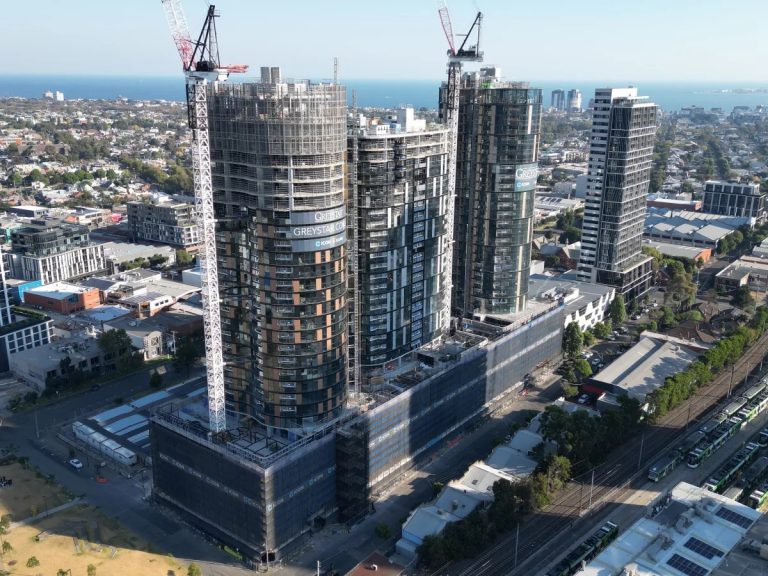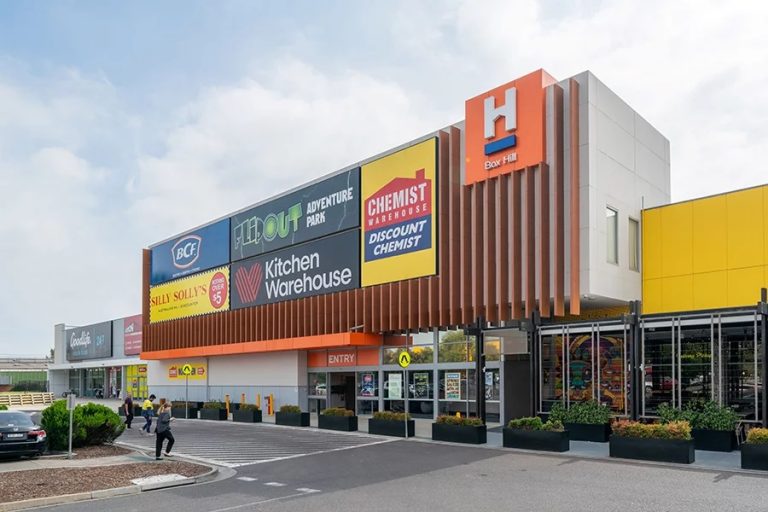Top commercial areas to invest in Melbourne

Industry experts reveal Melbourne’s best commercial suburbs for maximum return. You might be surprised about where some of them are.
Melbourne’s inner city can offer the best of every commercial world from retail shopping strips and office buildings to mixed-use and industrial spaces.
Inner-city suburbs
According to Nelson Alexander Commercial partner, Damien Theisz, whose inner-north Fitzroy office covers the retail, industrial and office sectors, the office market is particularly strong in the local area.
“Over the years, there’s been a real focus on office space in these areas but since COVID, people are decentralising out of the city and moving more to inner-city suburbs,” he said.
Fitzroy
“Fitzroy is hot and continues to be hot,” Mr Theisz said.
“There are a number of office developments in and around this pocket.”

Fitzroy properties continue to be hot. Picture: realcommercial.com.au/buy
Collingwood
Mr Theisz described interest in this suburb as “out of control” as investors flock to the thriving inner-city area.
He believes property billionaire Tim Gurner’s Victoria and Vine development is a perfect example of Collingwood’s rapidly changing commercial scene.

Commercial property in Collingwood is thriving. Picture: realcommercial.com.au/buy
The $280 million, nine-building, retail and residential project sprawls across an entire block, stretching from Wellington St to the intersection of Victoria Pde and Langridge St.
Richmond
According to Mr Theisz, Richmond’s popular, “really groovy” ambience is reflected in how far the suburb’s prices have jumped over recent years.
“Richmond doesn’t offer large areas either so (what is available) is tightly held,” he said.
Mr Theisz added that Cremone, Richmond’s neighbouring suburb, is enjoying similar popularity and rising prices.

Commerical properties in Richmond are tightly held. Picture: realcommercial.com.au/buy
Middle-ring suburbs
These suburbs are usually located between 10km and 20km from a city centre, middle-ring suburbs. Those in Melbourne’s south-east have particularly surprised industry experts such as Metropole CEO and founder, Michael Yardney, recently with their rising popularity.
Mulgrave and Notting Hill
According to Mr Yardney, Mulgrave and neighbouring Notting Hill are one of four south-eastern suburbs boasting notable numbers of industrial properties with includes BMW’s and Mercedes Benz’ head offices.
“Melbourne’s south-east area includes some great suburbs to invest in industrial real estate,” he said.
“But there is very little to lease at the moment.”

The sky is the limit for commercial properties in Mulgrave. Picture: realecommercial.com.au/buy
Glen Waverley and Mount Waverley
Mr Yardney said these suburbs, also in the southeastern area, saw some industrial opportunities bordering The Glen Shopping Centre in Glen Waverley.

Mount Waverley is adjacent to many shopping hotspots. Picture: realcommercial.com.au/buy
Dandenong
Once considered the poor cousin to the above suburbs, Dandenong has now become a very prestigious industrial area, according to Mr Yardney, with warehouses as well as factories on offer.

Dandenong was once considered a poor cousin to Glen Waverley but not anymore. Picture: realcommercial.com.au/buy
Coburg North
Described by Mr Thiesz as a “good little industrial pocket”, this suburb is popular with investors.

Coburg North is popular with investors. Picture: realcommercial.com
Outer suburbs
For warehouses and other industrial properties, Melbourne’s outer suburbs are still great options.
Mr Theisz said truck accessibility in these suburbs also ensured their popularity.
“Melbourne’s outer suburbs have always been fairly strong from an industrial point of view and they’re now even stronger,” he said.
Sunshine
This western suburb and its surrounding areas have become increasingly popular for both residential and commercial in recent years.
Mr Theisz said Sunshine was still highly popular for its many commercial investment opportunities.

Sunshine has a mix of opportunities. Picture: realcommercial.com.au/buy
“Sunshine is also close to all arterials and it’s accessible from a lot of different areas as well as not being that far from the city,” he said.
He added that other significant industrial suburbs include Truganina, which is close to Sunshine; Thomastown and Campbellfield to the north of the city; and Braeside, 40 km to the south of the CBD.
Potential purchase costs and returns
Offices
According to Mr Theisz, a small, entry-level office in an inner-city area can be purchased for $500,000 to $1 million.
He added that a similar freehold or stand-alone office would demand a $1 million to $1.5 million price.
But Mr Yardney believes first-time or mum and dad investors should stay away from office opportunities with COVID resulting in these spaces becoming increasingly “out of favour” as more people work remotely.
“I think we’re still going to need offices but not as much,” he said.
“On this basis, it would be a brave investor who currently invests in offices… as no one’s knocking on the door asking to rent them.”

Experts expect more mixed-used developments at shopping centres. Picture: realcommercial.com.au/lease
Mr Yardney said healthcare and financial offices, often located close to retail shopping strips, could make good investments as they rarely moved or closed down.
Mixed-use
As the name suggests, these properties can feature different commercial assets within the same building or site, along with residential areas.
An example of a mixed-use property would be a building with residential apartments on an upper level and retail stores or a medical centre on the ground floor.
Mr Yardney explained that investors should expect to pay from $400,000-$800,000 for these properties.
“You might get a 50 square metre property in an apartment-retail building for $500,000,” he said.
In return, Mr Yardley said mixed-use properties usually offered a yield of 4% or less per annum.
Industrial warehouses
With these properties “as rare as hen’s teeth”, Mr Theisz said investors would pay about $1.5 million for a stand-alone, inner-city building.
However, he said warehouses in middle-ring suburbs could sell for about $1 million while outer suburbs such as Sunshine could still offer strata warehouses of about $500,000.
Depending on exactly what the property is and where it is, Mr Theisz said investors could expect a 5%-6% yield.
Mr Yardney added that industrial properties generally provided a higher yield than retail buildings due to longer lease periods, which are in turn based on the often specialised nature and fit-outs of such properties.







